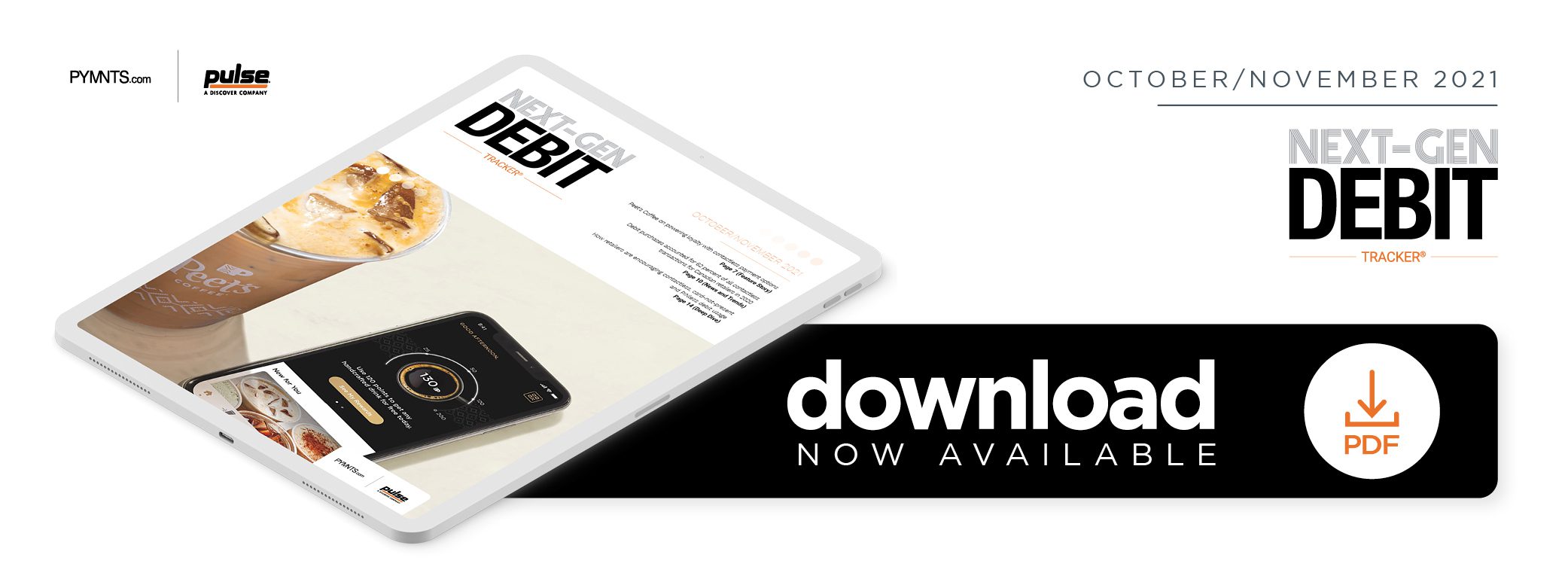Peet’s Coffee Says Debit Cards in Mobile Wallet Offers Choice, Boosts Loyalty
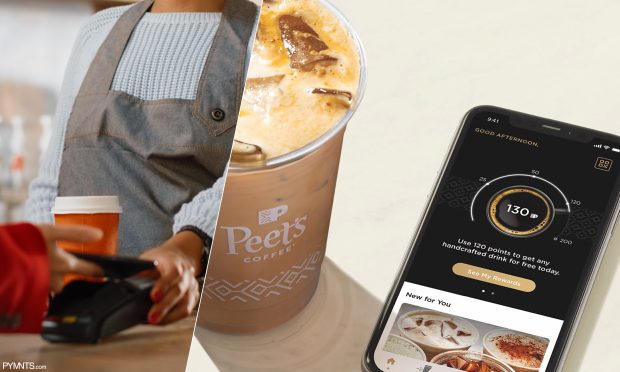
Concerns of virus transmission during the pandemic and a general shift in consumer spending habits online have led to a significant increase in how shoppers spend their money, and specifically the use of contactless debit transactions.
Retailers worldwide have seen a pivot to contactless credit and debit card use and mobile wallets, and governments see advantages in being able to spur their economies and make bill collections more efficient. As a result, there are ramped-up efforts to encourage consumers to switch to payment methods that don’t require a physical card.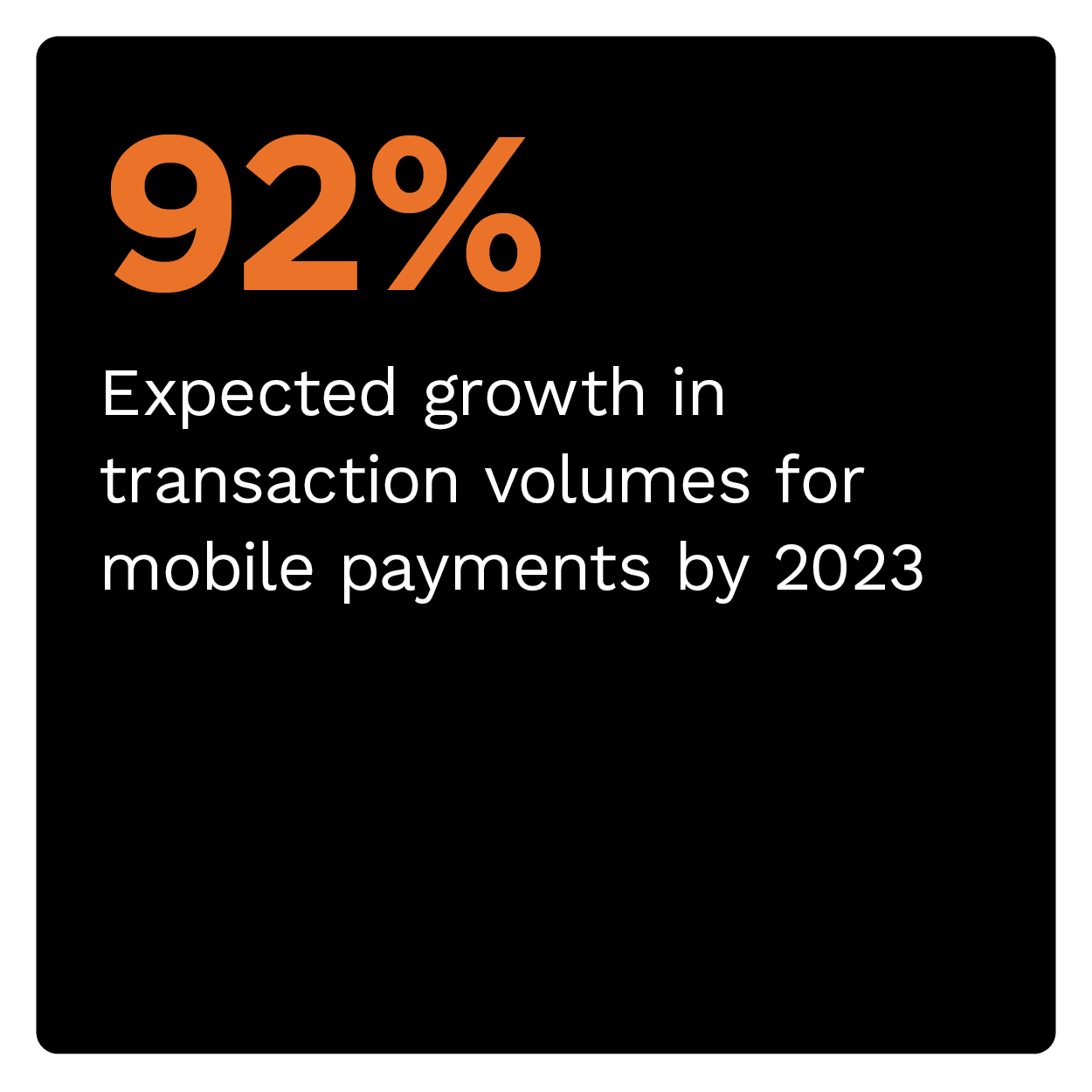
In the October/November edition of the Next-Gen Debit Tracker®, PYMNTS explores the increasing use of contactless debit, the security issues surrounding the change, and how retailers are benefiting from connecting with customers through digital debit technology.
Around the Next-Gen Debit Space
The next two years will see the continued growth of mobile wallet payment methods, as mobile contactless transactions are expected to overtake contactless card transactions by 2023. The use of options such as Apple Pay, PayPal and Venmo as an alternative to contactless card use is predicted to grow up to 92%, owing much to the security provided by tokenization and the increase in cross-channel payment capabilities of mobile wallets and personal wearables.
Meanwhile, many retailers and governments have been producing creative ways to encourage consumers to switch to contactless debit. In the United Kingdom, government and banking officials approved a 50% increase in the spending limit for contactless card transactions, while many networks increased transaction limits from $100 to $250, helping to inspire customers to open their mobile wallets a little wider.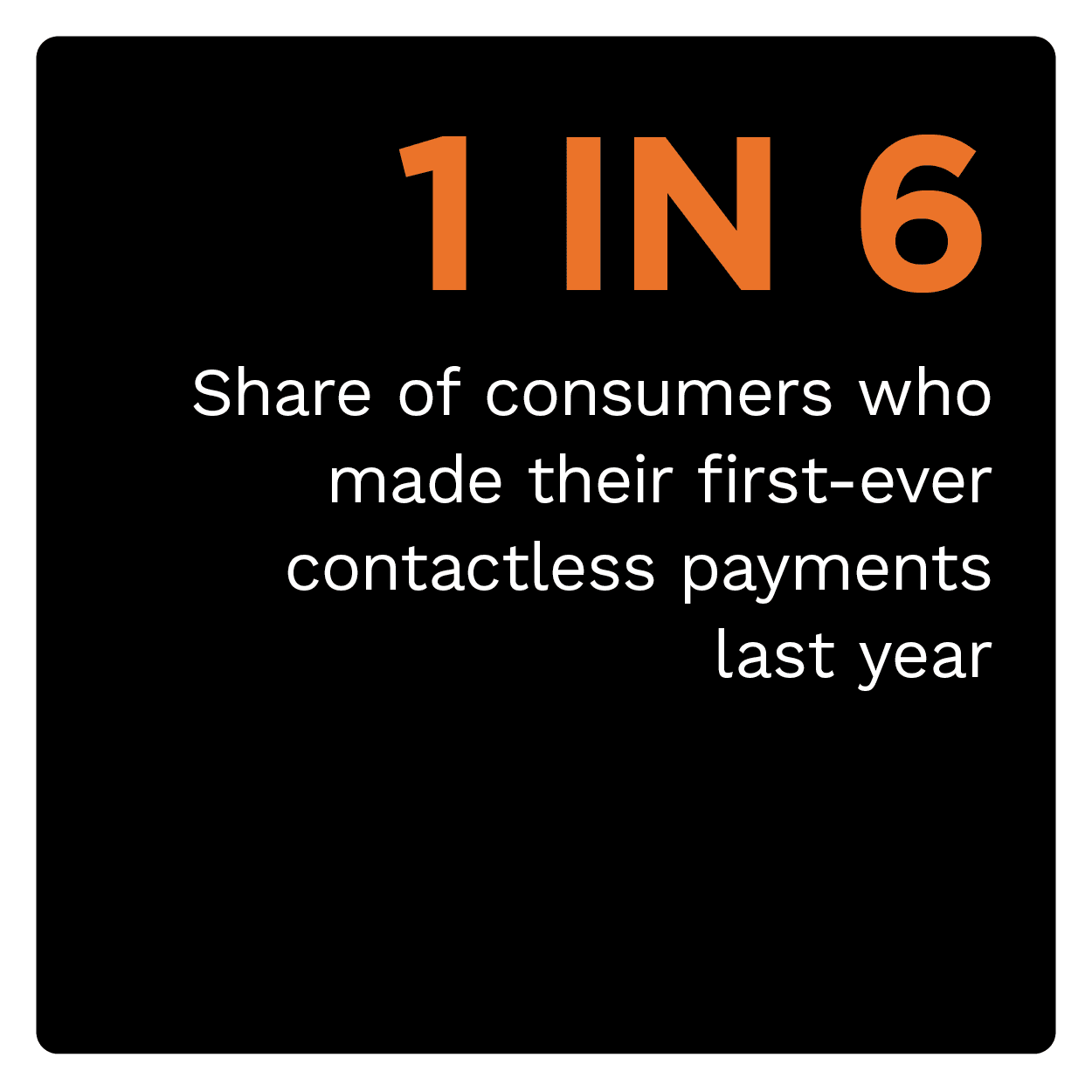
United States retailers enjoyed a boost in sales during the back-to-school season, as shoppers returning to classrooms also returned to stores to stock up on clothing and supplies. Card-not-present (CNP) transactions represented 33% of debit card purchases, a 121% increase from the same period in August 2020. CNP credit card purchases, however, grew by just five percentage points.
For more on these stories, visit the Tracker’s News and Trends section.
Peet’s Coffee on How Contactless Debit Drives Customer Loyalty
There’s no relationship quite like the relationships between coffee drinkers and their local baristas, and consumers aren’t willing to let a pandemic keep them from getting their daily fix. Contactless debit card payments and mobile wallets enabled customers to change how they paid for their favorite drinks, whether they chose to brew them at home or pick them up in stores.
In this month’s Feature Story, Lisa Regelman, director of Loyalty and Growth Marketing for Peet’s Coffee, talks about how the company pivoted to meet the demands of its customers while managing to grow menu offerings. Peet’s relaunched its loyalty app to allow for more contactless payment options while strengthening its bond with customers.
Deep Dive: The Allure of Contactless Debit and How to Encourage Consumers to Trust It
Contactless debit is increasingly becoming the payment of choice for 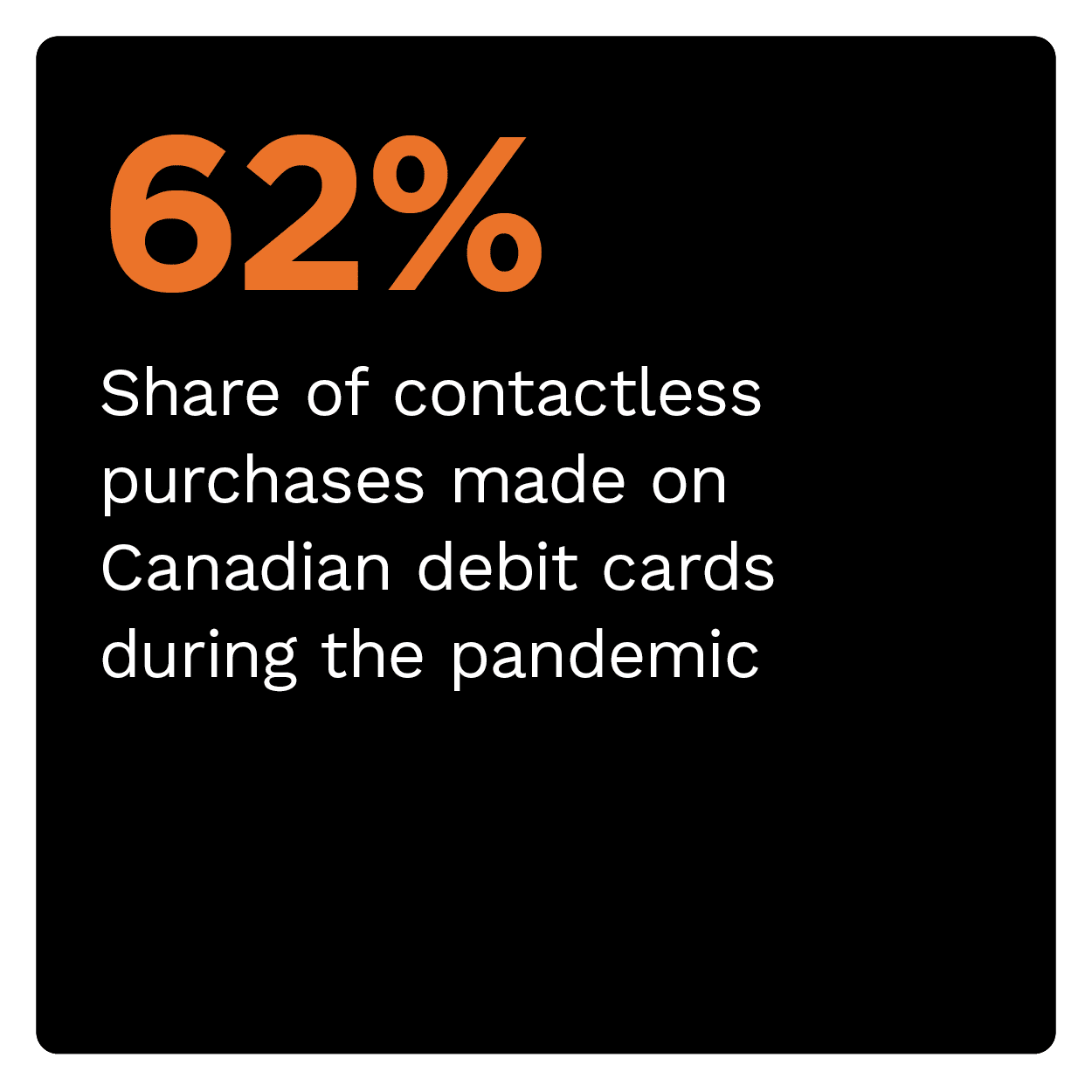 consumers who want a safer way of doing business while keeping an eye on their finances. Debit allows debt-wary customers a way to get the items they need while avoiding the weight of high-interest balances on their credit cards. A report found that one in six consumers made their first contactless purchase last year, and nine in 10 of those people plan to continue using them. In addition, some nine in 10 people with bank accounts were using debit cards to avoid using cash and reduce virus transmission risk.
consumers who want a safer way of doing business while keeping an eye on their finances. Debit allows debt-wary customers a way to get the items they need while avoiding the weight of high-interest balances on their credit cards. A report found that one in six consumers made their first contactless purchase last year, and nine in 10 of those people plan to continue using them. In addition, some nine in 10 people with bank accounts were using debit cards to avoid using cash and reduce virus transmission risk.
This month’s Deep Dive examines the recent boom in contactless debit transactions, what it means for the future of how consumers pay for the items and services they need and how retailers develop and maintain relationships with their customers.
About the Tracker
The Next-Gen Debit Tracker®, a PYMNTS and Pulse collaboration, examines how consumer spending preferences are changing, especially when it comes to debit and contactless payments, and how banks and retailers make it easier for consumers to leave the card at home.
